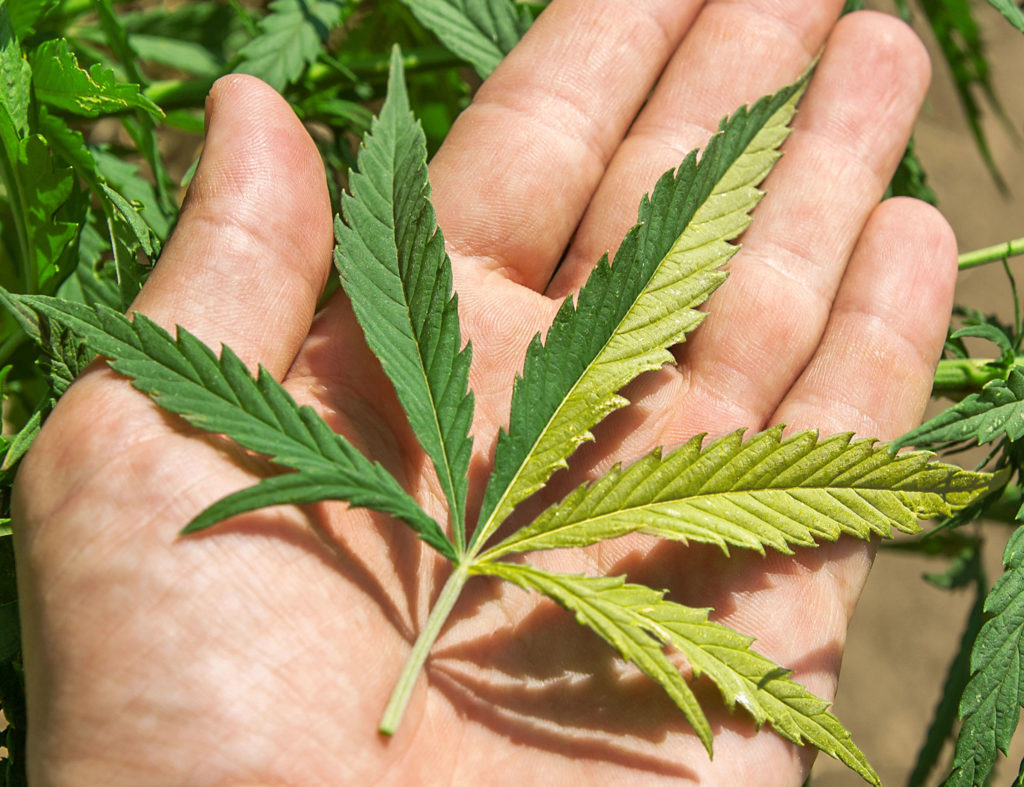The hemp fiber market faces several challenges that can impact its growth and development. Here are some of the key challenges:
- Legal and Regulatory Environment: Hemp cultivation and its derived products are subject to various legal and regulatory frameworks that vary from country to country. In some regions, hemp cultivation is still heavily regulated or prohibited, making it difficult for farmers and businesses to participate in the market. Ambiguous or restrictive regulations can hinder the growth of the hemp fiber industry.
- Market Volatility and Uncertainty: The hemp fiber market is relatively new and evolving rapidly. The demand for hemp products, including hemp fiber, can be subject to fluctuations due to factors such as changes in consumer preferences, economic conditions, and emerging competition from alternative materials. Market volatility and uncertainty can make it challenging for businesses to plan and invest in the sector.

- Lack of Infrastructure: Hemp fiber production requires specialized infrastructure for processing and extraction. However, the existing infrastructure for hemp processing is often limited or inadequate, particularly in regions where hemp cultivation has been prohibited or restricted for a long time. The lack of infrastructure can lead to higher processing costs, inefficiencies, and logistical challenges for the industry.
- Quality Control and Standardization: Maintaining consistent quality and standardization of hemp fiber products is crucial for market acceptance and customer confidence. However, the industry still faces challenges in establishing standardized testing methods, grading systems, and quality control protocols. Inconsistent quality can undermine the reputation of hemp fiber and limit its adoption in various industries.
- Access to Capital and Financing: Despite the growing interest in the hemp industry, accessing capital and financing options can be challenging for businesses operating in this sector. Traditional financial institutions may be hesitant to provide loans or investment due to the perceived risks associated with hemp, especially in regions where regulatory environments are still developing. Limited access to capital can impede the growth and expansion of hemp fiber businesses.
- Education and Awareness: Hemp was historically stigmatized due to its association with marijuana. As a result, there is a lack of public awareness and understanding about the differences between hemp and marijuana, as well as the potential benefits of hemp fiber. Educating consumers, policymakers, and stakeholders about the uses, sustainability, and economic potential of hemp fiber is crucial for overcoming misconceptions and promoting market growth.
Addressing these challenges requires collaborative efforts from industry stakeholders, including governments, businesses, researchers, and advocacy groups. By working together, they can help overcome regulatory barriers, improve infrastructure, establish quality standards, and promote education and awareness to unlock the full potential of the hemp fiber market.
- Lack of Specialized Machinery: Hemp fiber extraction and processing require specialized machinery that can efficiently separate the fiber from the woody core of the plant. However, the availability of such machinery may be limited, especially in regions where hemp cultivation has been prohibited or restricted. The lack of access to appropriate machinery can hinder the scalability and efficiency of hemp fiber production.
- Retrofitting Existing Equipment: In some cases, existing equipment used in other industries may be repurposed or retrofitted for hemp fiber processing. However, this approach may not always be optimal, as hemp fibers have unique characteristics that require specific equipment for effective extraction and processing. Retrofitting existing machinery can be time-consuming, costly, and may not yield optimal results.
- Cost of Machinery: Investing in specialized hemp fiber processing machinery can be expensive. Small and medium-sized businesses, in particular, may struggle to afford the high upfront costs associated with acquiring and maintaining the necessary equipment. The cost factor can be a barrier to entry and limit the growth of businesses in the hemp fiber industry.
- Scalability and Efficiency: As the demand for hemp fiber increases, scalability becomes a significant challenge. Ensuring that machinery and equipment can handle larger volumes of hemp plants while maintaining efficiency and product quality is crucial. Scaling up production without compromising quality and productivity requires advanced machinery and process optimization.
- Maintenance and Repair: Hemp fiber processing machinery requires regular maintenance to ensure smooth operation and longevity. However, servicing and repairing specialized equipment can be challenging due to the limited availability of skilled technicians and spare parts. Downtime caused by machinery breakdowns or delays in maintenance can have a significant impact on production schedules and overall efficiency.
- Technological Advancements: The hemp fiber industry can benefit from ongoing technological advancements that improve efficiency, automation, and sustainability. However, keeping up with rapidly evolving technologies can be a challenge for businesses, especially smaller ones with limited resources. Staying informed about the latest machinery innovations and upgrading existing equipment to incorporate new technologies can be a demanding task.
Addressing these machinery challenges requires collaboration between equipment manufacturers, researchers, and industry stakeholders. Investing in research and development efforts to design and manufacture specialized machinery for hemp fiber processing, exploring cost-effective options, and providing technical support and training to businesses can help overcome these challenges. Additionally, fostering partnerships and knowledge-sharing within the industry can accelerate the adoption of innovative technologies and best practices.



